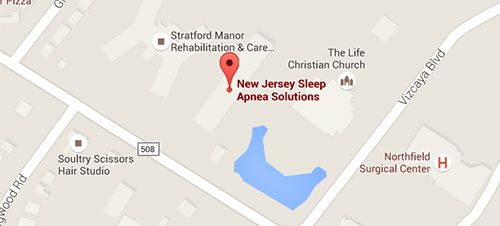Childhood Obstructive Sleep Apnea
Submitted by New Jersey Snoring Solutions on Fri 05/20/2011 - 13:44
Childhood obstructive sleep apnea (OSA) syndrome is characterized by episodic upper airway obstruction that occurs during sleep. The airway obstruction may be complete or partial. Three major components of obstructive sleep apnea have been identified: episodic hypoxia, intermittent hypercapnia, and sleep fragmentation.
Typical snoring without obstructive sleep apnea is more common and may also lead to sleep fragmentation. Both primary snoring and obstructive sleep apnea have been associated with deprived quality of life and increased health care use in children.
Obstructive sleep apnea syndrome was described more than a century ago, but obstructive sleep apnea in children was first described in the 1970s. It is a common but under-diagnosed condition in children that may ultimately lead to substantial morbidity if left untreated.
The mechanisms of obstruction, adverse effects of obstructive sleep apnea, diagnostic criteria, and recommended treatment options are different in children from those in adults (see the image below). Important recent advances in the understanding of the underlying pathophysiological mechanisms of obstructive sleep apnea in children have been coupled with improved approaches to the diagnosis and management of obstructive sleep apnea.
Call New Jersey Sleep Apnea Solutions today for a free consultation at 855.WHY.SNORE or 855.949-7667. New Jersey Sleep Apnea Solutions serves snoring sufferers throughout New Jersey in West Orange, Livingston, Millburn and Short Hills, NJ.







